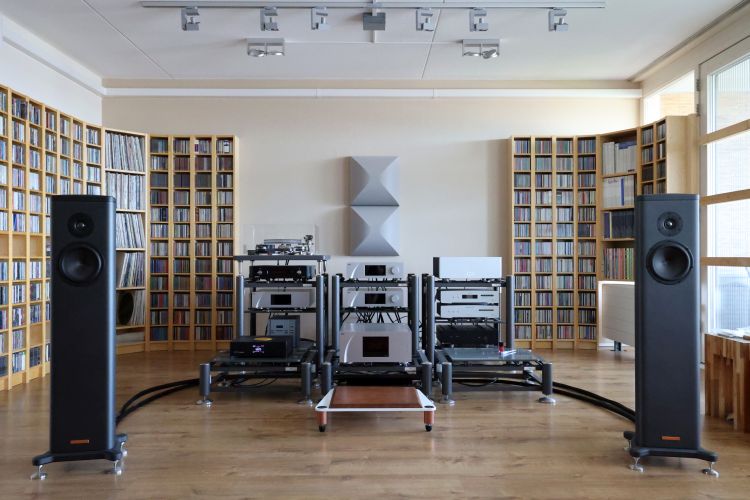
Below is a summary of the Main System and its operational components in August 2022.
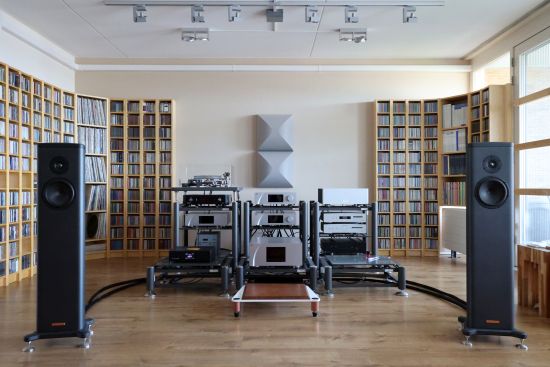
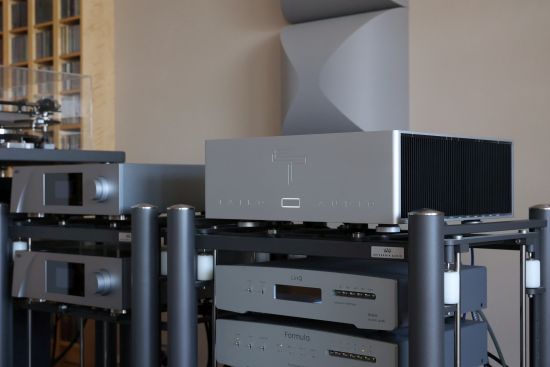
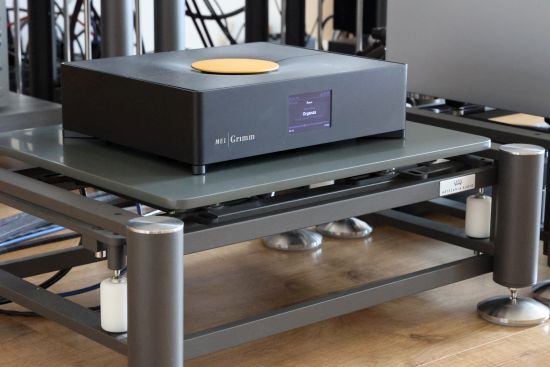
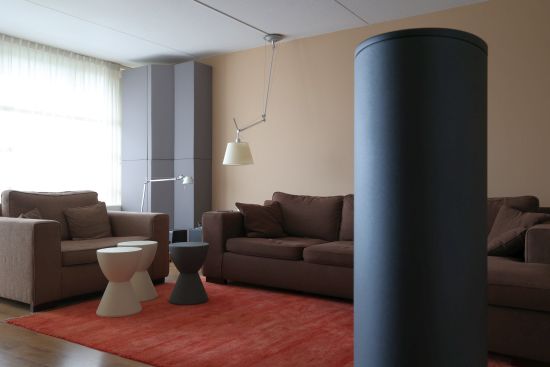
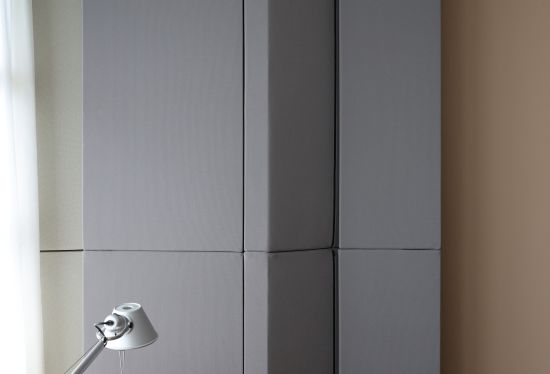
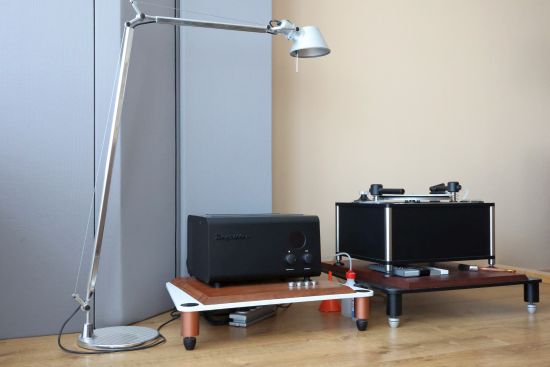
Loudspeakers
Magico S1 MkII
Pre Amplifier
Phono Stage
Power Amplifier
DAC
CH Precision C1
Aqua Formula xHD
Music Server
Antipodes K50
Grimm Audio MU1
Taiko Audio Extreme
Network Renderer / Streaming Endpoint
Turntable
Origin Live Calypso mk4 with Illustrious Tonearm
Cartridges/Stylii
Record Cleaning Machine
Clearaudio Matrix Silent
Degritter
Interlinks
AudioQuest Fire cinch
CH Precision Balanced Link XLR
Driade Flow Link Reference 808 RCA and XLR
Tonearm Cables
Loudspeaker Cables
Digital Cables
Jorma AES/EBU
Jorma BNC
USB Cables
Ethernet Cables
ValueLine OEM CAT6 cables
Audio Group Power Installation
Siemens Sitor Cylindric Fuse Cartridge with standard silver-plated fuse for live and solid silver rod for neutral
GigaWatt G-044 Schuko Wall Socket
Standard unshielded 2,5mm solid core copper installation wire
Power Cables
Belden 19364 with Bals schuko and Oyaide 004 connectors (all components except C1, L1, and A1.5)
Standard power cable (CH Precision C1 and L1)
Home-made Block 2mm solid-core power cable (CH Precision A1.5)
Equipment Support
Artesania Exoteryc Audiorack
Artesania Carbon Fiber Linear Arm Upgrade
Artesania Aire Floor Platform
Artesania Organic Line Modular Rack
Artesania Organic Line Modular Floor Platform
Artesania ISBAIEBW Standalone Isolation Bases
Artesania ISDIWB Beech Wood Isolation Discs
Artesania Digital Server Platform
Artesania KSH2 Krion shelves
Finite Elemente Cerapuc and Ceraball Universal
Room Treatment
R.T.F.S. SiRRAH
R.T.F.S. Big Block
R.T.F.S. Ceiling Vane
Hard Wood Stiffening Bars glued onto the windows
The story of my most recent room acoustics improvements is intended for a new installment in the HFA Setup History. Alas, I have yet to find the time to write it as I have to prioritize regular reviews. In short: each of the 8 ceiling-to-floor glass window sections has 4 horizontal hardwood bars glued on using Bison Polymax kit. These bars are then stabilized using thick wood bars that are screwed into the left and right frames. What this achieved is a strong reduction of the glass panels’ 40Hz resonance that killed much of the right speaker’s low output and also introduced very annoying phase effects at higher bass frequencies.
See Also
All HFA Reference equipment and accessories frequently used for reviews: Associated Equipment
Overview of all Setup Snapshots
In-depth overview of how the HFA systems developed over the years: HFA Audio Setup History
Ranking Order of reviewed components with appointed Awards: HFA Awards page
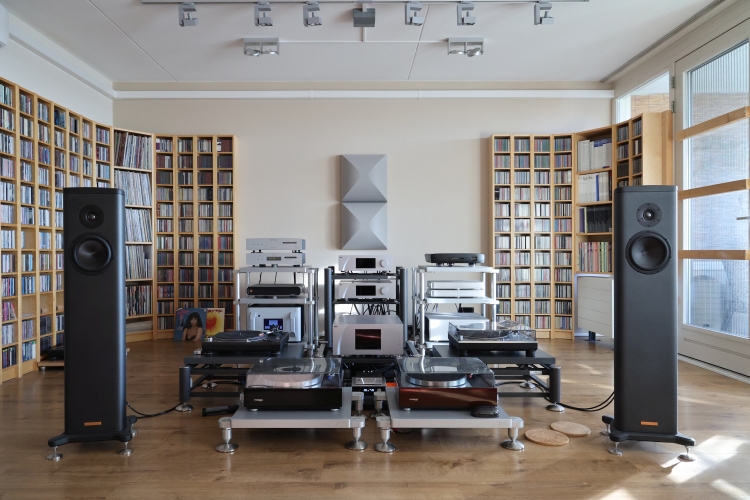
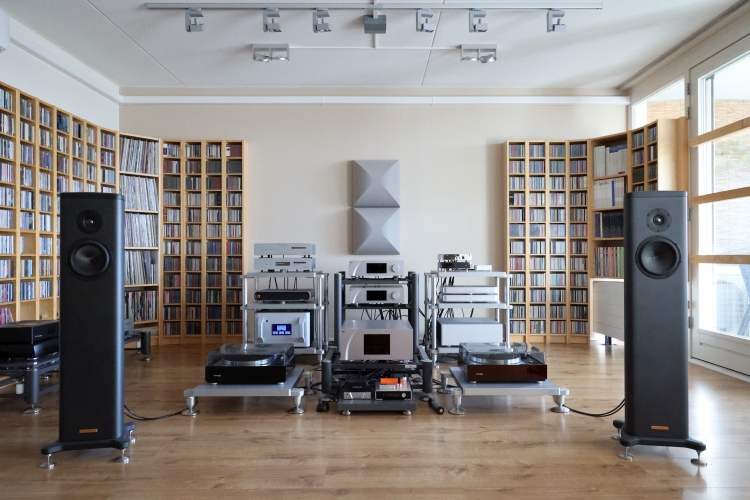
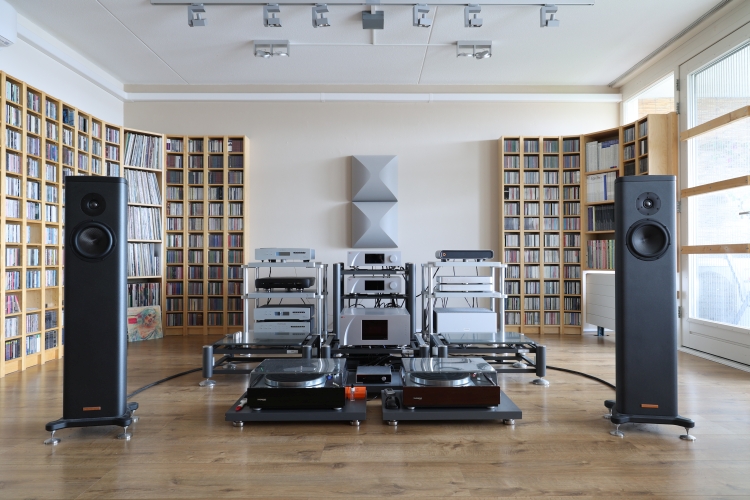
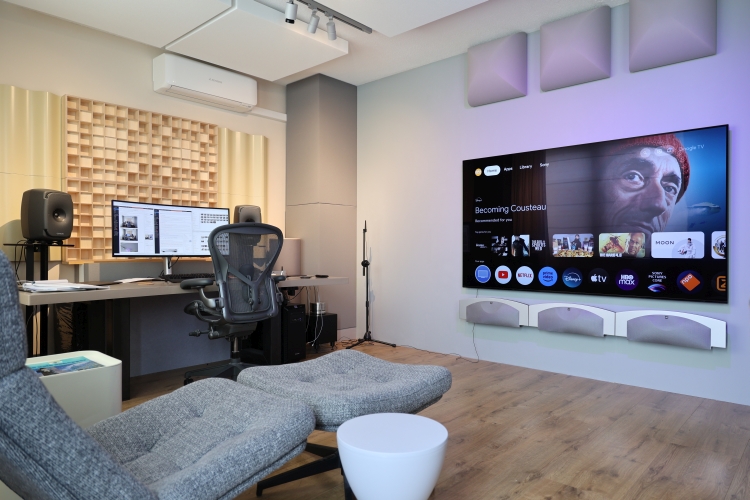
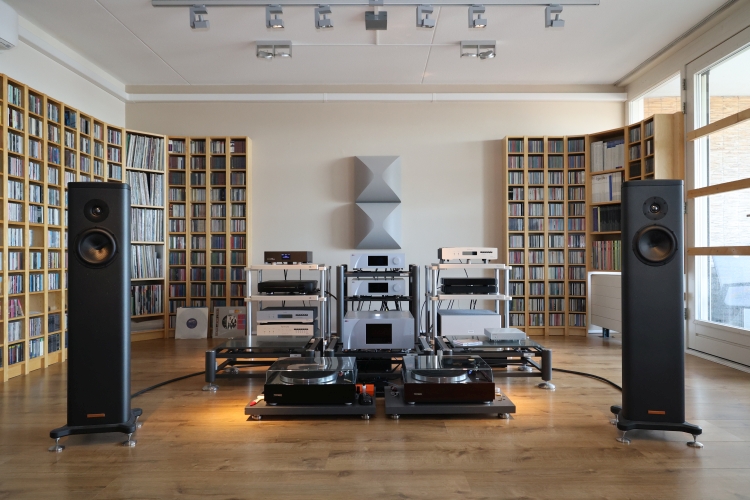
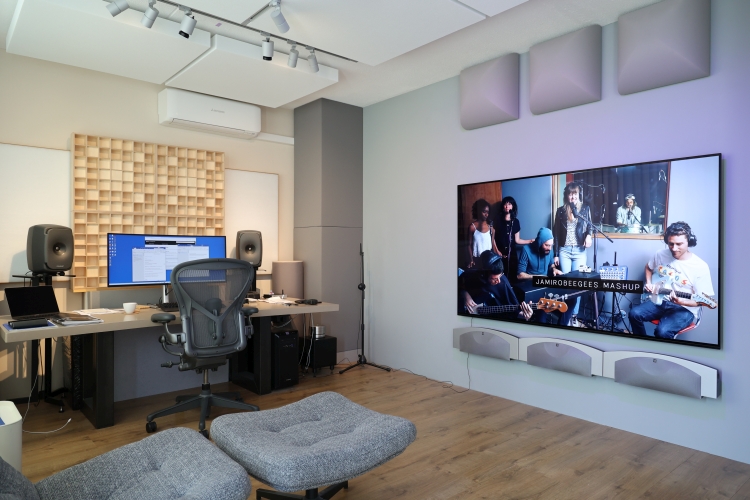
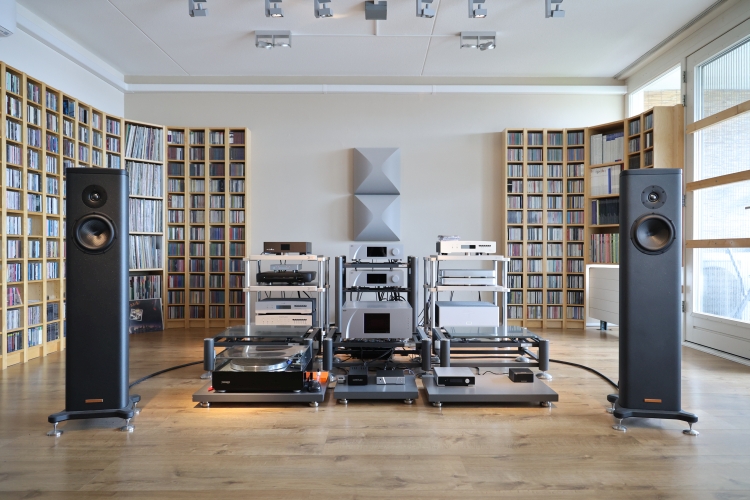
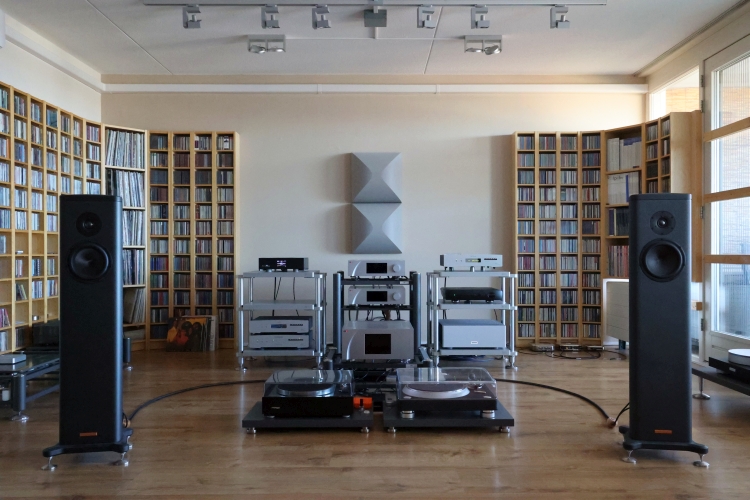
Hi Christiaan,
“The story of my most recent room acoustics improvements is intended for a new installment in the HFA Setup History. Alas, I have yet to find the time to write it as I have to prioritize regular reviews.”
I’m very muck looking forward to this. The room after all is the most significant “component” of your setup. Trumps all cables any day.
Hi Per, I absolutely agree: the room is the single most important factor!
Hi Per, it took me several years, but the I have just published a new installment in the HFA history section and am working on another that will be published soon. I hope you’re still interested after all this time:-)
Hi Christiaan,
Good comes to them that wait. I’m glad I had the notification turned on.
Thanks for the insight into to your acoustic journey in your home. The acoustic issues get far too little attention in the HiFi-world, yet is the single most important factor to get great sound in a listening room. Most of the time people get very uncomfortable when the acoustics are highlighted because they very well know that they haven’t addressed the basics but invested large amounts of money in equipment. Moderately expensive HiFi equipment, properly set up in an acoustically balanced room outperforms really expensive HiFi equipment poorly setup in a room with acoustic problems every day of the week. Far too many people just push the acoustics under the rug, mumbling that the ‘esthetics committee’ (wife) will not allow it, and spend even more money into some new piece of equipment, in total denial. I understand many people can’t have the room acoustics they need and have to live with a compromise. But in that context it is ironic to read about how much effort and money they put into switching out the fuse inside the amp and how great impact it has on the sound quality. I’m not saying that a fuse can’t make a difference in the sound, but it is really insignificant if you don’t have a good acoustical setting to start with. “Strain at a gnat and swallow a camel”
Looking forward to read the continuation of your story.
Hi Per, thanks for the feedback! Acoustics often present a huge learning curve. First reflections are easy enough to understand and control but compounded room modes can be very complex and seemingly unsolvable. For me, too, it has taken a long time to get to the point where I can say with confidence that my acoustics are finally ok. Still not perfect, but certainly good enough for enjoyment and critical assessments. I think part of the delay in addressing acoustics comes from being so comfortable in the known environment, and I believe this goes for many people, we’re just so used to our existing acoustics, good or bad, that we stop noticing it consciously. But once you have addressed the largest acoustic issues, you cannot unhear the effects as present in other systems. I’ve also been stuck many times, having exhausted all solutions I could think of and not knowing how to proceed. That’s when input from others can be invaluable, and I am fortunate to have had great input from some experts, so that I could finally fix some deep-rooted issues. But as you mention, little upgrades are also meaningful. The relative differences between fuse A and fuse B are also identifyable when the room acoustics are not good. It’s just that you won’t be able to assess them more absolutely. And there is a risk of compensating in the wrong places. But ultimately, it is a super-interesting, if sometimes super-frustrating journey.